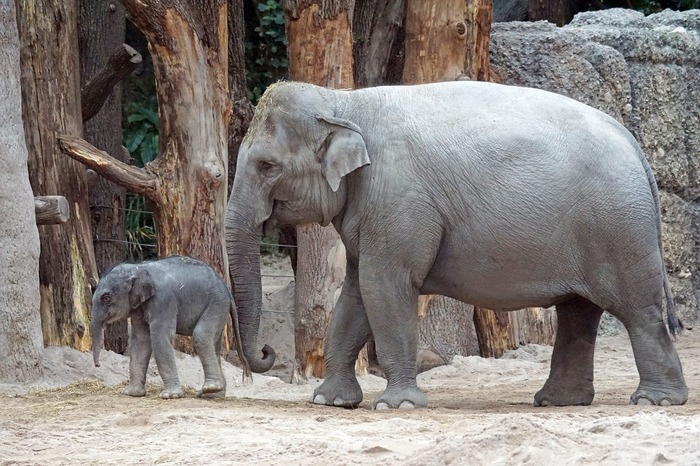Footsteps dating back 23,000 years have been discovered in the southwestern United States, a study released Thursday, September 23, reveals that human settlement of North America was already underway long before the end of the last ice age, believed to have allowed this migration.
To discover
Covid-19: the third vaccine dose, instructions for use
Read also What if America was the Old World?
These footprints were left at the time in the mud on the banks of a now dry lake. It has given way to a white gypsum desert located in New Mexico, in White Sands National Park. Over time, the sediments filled in the indentations and hardened, protecting them until erosion once again uncovered these testimonies of the past, much to scientists' delight.
“Many traces seem to be those of adolescents and children; large adult footprints are less common,
”write the authors of the study published in the American journal Science.
Traces of animals, mammoths and prehistoric wolves, have also been identified.
Some, like those of giant sloths, are even contemporary and close to human footprints on the shores of the lake.
Read also 13,000-year-old footprints discovered in North America
Beyond the emotion and the anecdote, the discovery is decisive for the debate which rages on the origins of the arrival of Homo sapiens in America, the last continent populated by our species. Because the dating of traces of White Sands
"indicates that humans were present in the landscape here at least 23,000 years, with evidence of occupation extending approximately over two millennia," said
the study.
For decades, the most commonly accepted thesis was that of a settlement from eastern Siberia during which our ancestors crossed a land bridge - the present Bering Strait - to land in Alaska, then spread further south.
Archaeological evidence, including spearheads used to kill mammoths, has long suggested a 13,500-year-old settlement associated with a so-called Clovis culture - named after a town in New Mexico - considered the first American culture of 'where the ancestors of the Amerindians came from.
Read alsoThese fabulous fossils that rewrite the history of mass extinctions
This model of “primitive Clovis culture” has been called into question for 20 years, with new discoveries which have pushed back the age of the first populations.
But generally this date did not go beyond 16,000 years, after the end of the “last glacial maximum”.
This glaciation episode is crucial because it is commonly accepted that the ice caps covering at the time most of the north of the continent made it impossible, or in any case very difficult, any human migration from Asia, through the Strait of Bering or, as recent discoveries suggest, along the Pacific coast.









